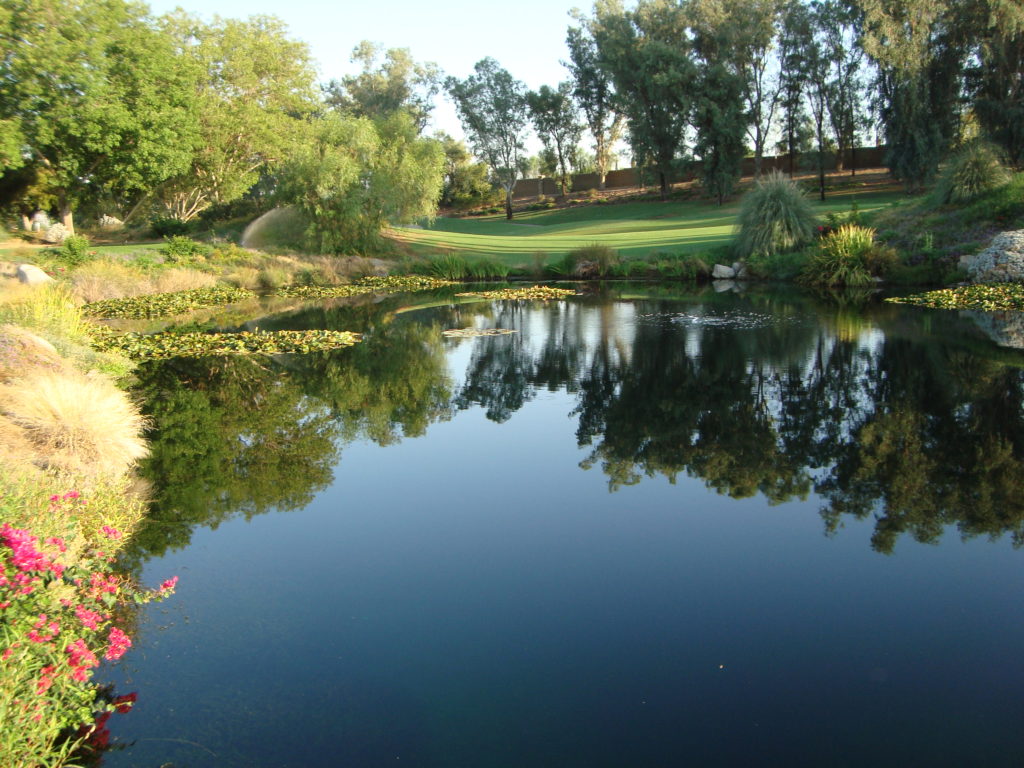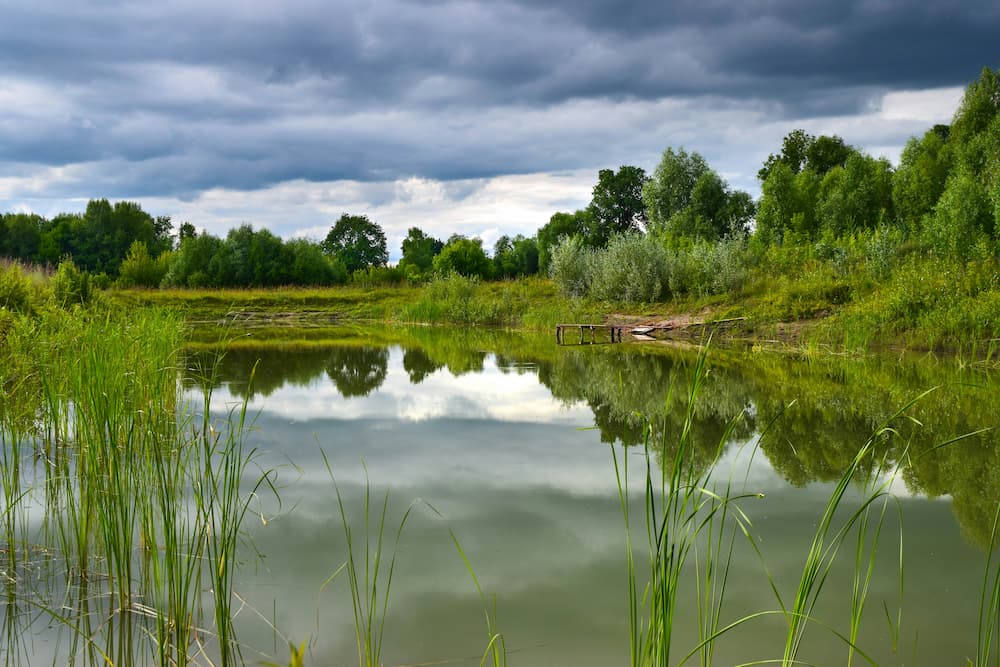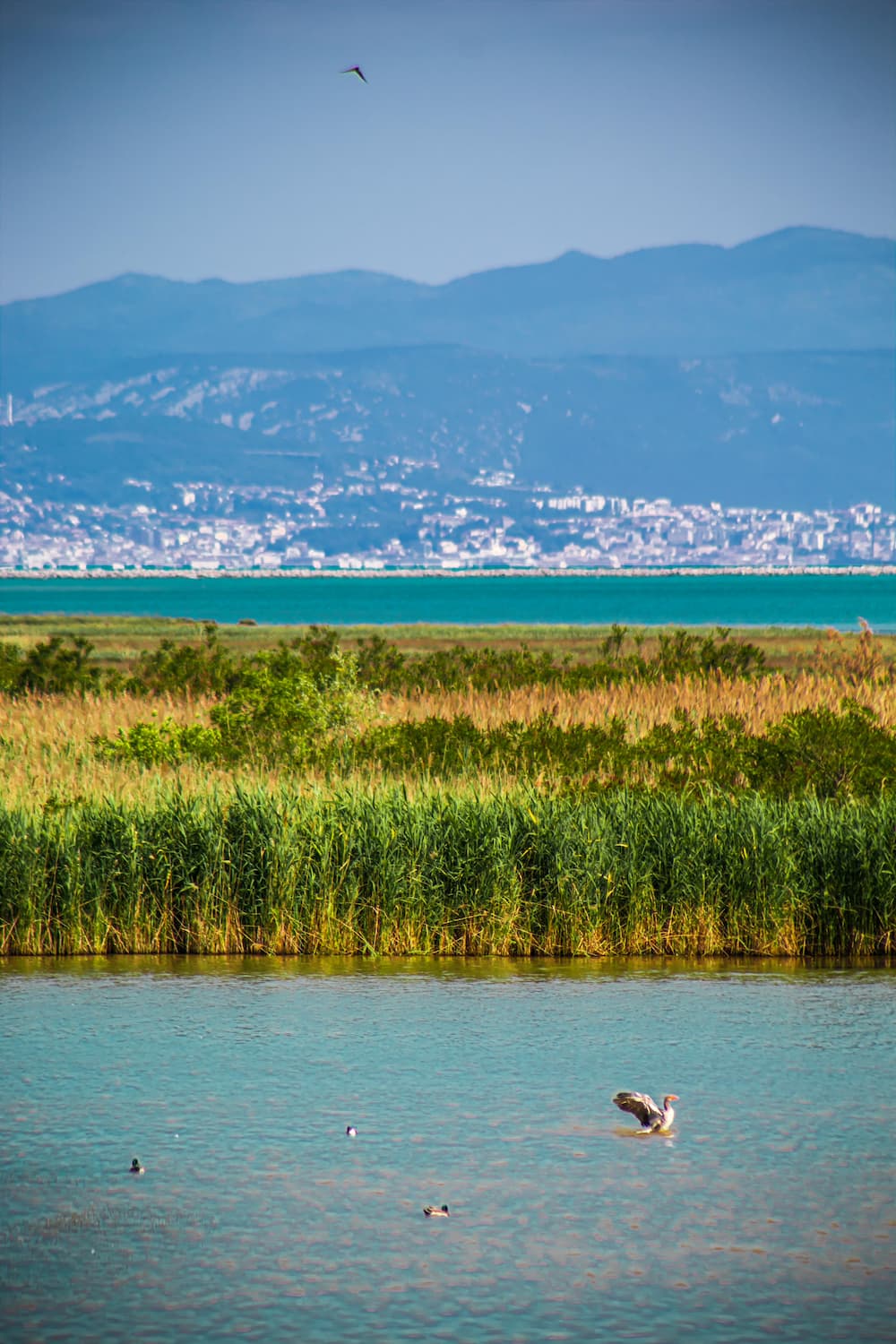Lakes and Ponds
Eliminate algae without chemicals. Lakes and ponds are plagued with algae and biofilm buildup. SonicPure's ultrasound technolgy can clear up your water without harming fish or wildlife.


Major Threats To Lakes and Ponds
Lakes and ponds worldwide are increasingly overrun by harmful algae and biofilm. Rising temperatures, nutrient pollution from phosphorus and nitrogen, and natural carriers like birds and airborne particles all contribute to the rapid spread of harmful algal blooms. If you're facing this issue, you're not alone—it's a growing global challenge.

Risks to People, Wildlife, and Recreation
Algae blooms can harm pets and wildlife and reduce property values. They are also disrupting recreational areas for boaters and swimmers.

Strain on Utilities and Infrastructure
Biofilm and algae clog pipes and valves, raising power use and repair costs. If untreated, they thrive on surfaces and spread quickly.

Urgent Demand on Public Resources
When lakes sit on public land, algae control falls to local governments. Delays in treatment make damage harder and more expensive to reverse.
Traditional Methods Fall Short
Common approaches like algaecides, chlorine, and aeration are often used to control algae, biofilm, and Zebra Mussels. While chemicals work quickly, they pose environmental risks, require constant reapplication, and must be stored and handled with care. Aeration systems support water health but don’t directly eliminate algae—and can be costly to install and operate. Long-term control demands a more effective and sustainable solution.

Ultrasound eliminates algae in lakes and ponds

LEARN





